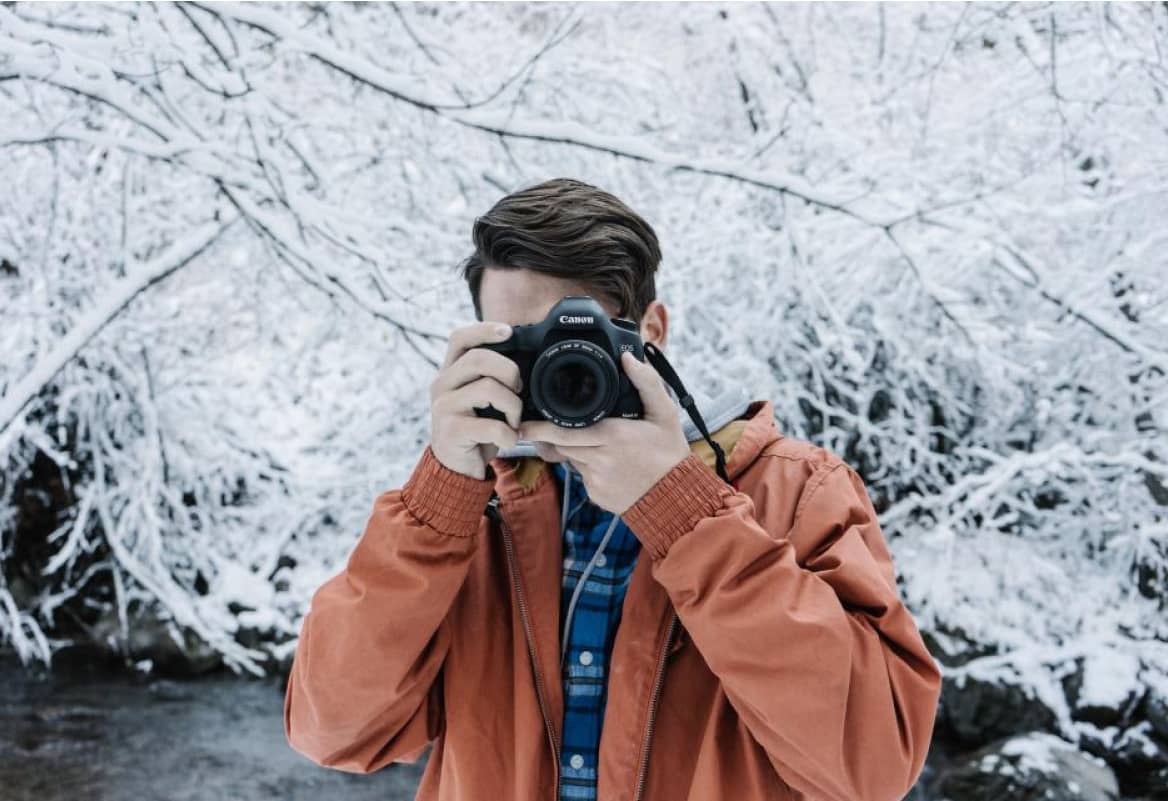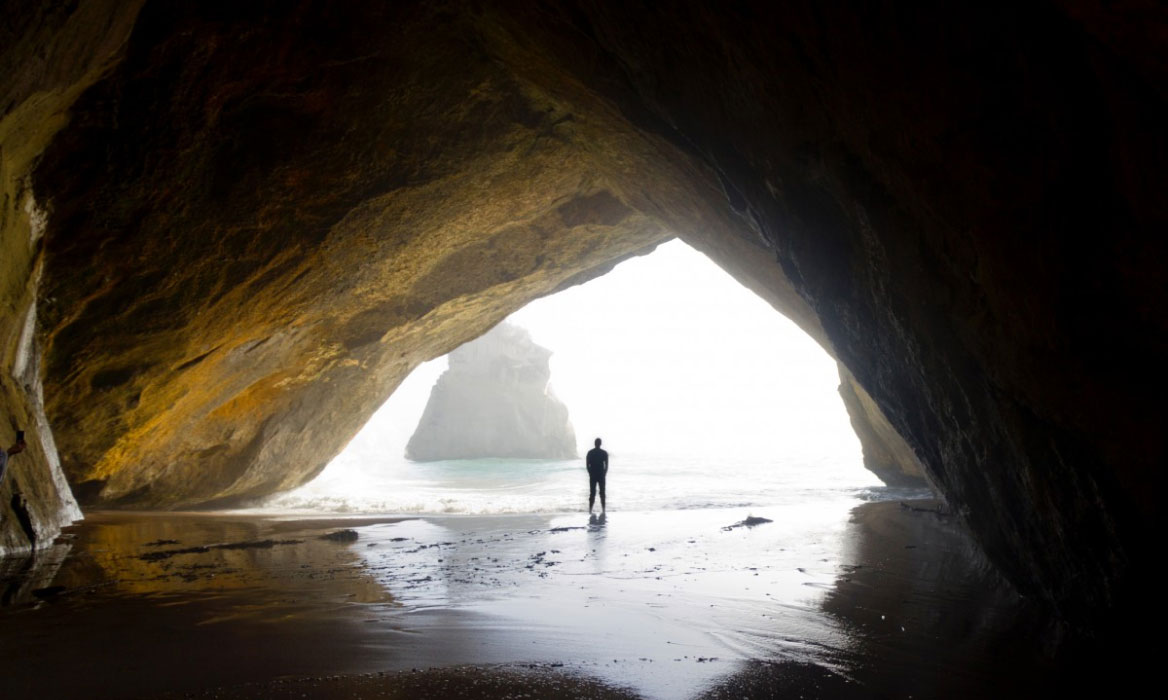Taiji School of Central Equilibrium – UK
Taijiquan and Fujian White Crane
Category: articles
-
Refined Form movement list
November 2022 – Wee Kee Jin advised that, on re-examining the common translation of the movement known as Fan through the back, he realised a more accurate translation is Shoulder through the back. This is reflected in the updated movement list below.
-
Long Form movement list
November 2022 – Wee Kee Jin advised that, on re-examining the common translation of the movement known as Fan through the back, he realised a more accurate translation is Shoulder through the back. This is reflected in the updated movement list below.
-
Taiji as a Martial Art
By Paul Fretter. It is not widely appreciated that Taiji, if trained accordingly, is fundamentally a martial art. This misunderstanding is largely rooted in the misconception that all Taiji practice is very slow and ‘relaxed’ and therefore cannot be at all practical. Most practitioners however, are only interested in the (non-martial) heath and well-being aspects…
-
Taiji Partner training
By Paul Fretter. The basis of practice is to first learn the movement and then to put the Tàijíquán principles into the movements. The principles referred to are the Tàijíquán Classic texts. To properly understand Tàijíquán it is essential to study the Tàijí Classics, and apply their interpretation into your daily practice of exercises, Forms and partner trainning. There are three levels…
-
Practicing Taijiquan
By Paul Fretter. The basis of practice is to first learn the movement and then to put the Tàijíquán principles into the movements. The principles referred to are the Tàijíquán Classic texts. To properly understand Tàijíquán it is essential to study the Tàijí Classics, and apply their interpretation into your daily practice of exercises, Forms and partner trainning. There are three levels…
-
Beginning Taiji
By Paul Fretter. To quote Wee Kee Jin’s teacher, Huang Sheng Shyan: “Everyone is a beginner once. Always consider yourself a student and never a master“. Do I need any special clothing or equipment to begin Taiji? No, Taiji is a very low-cost activity; just arrive in loose and comfortable clothing. Training in bare feet…








